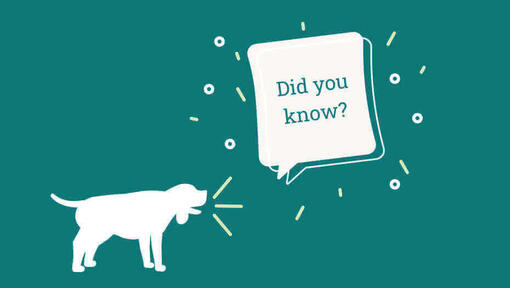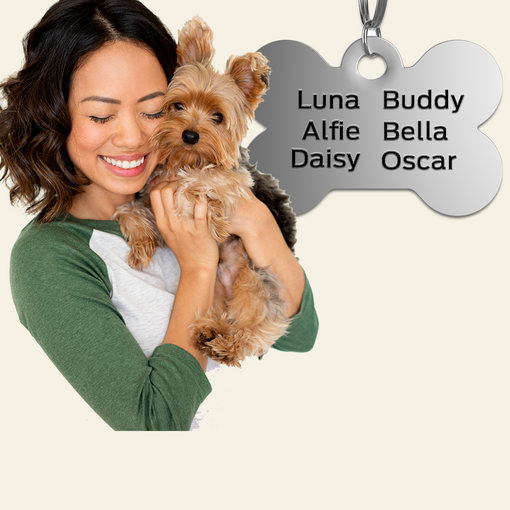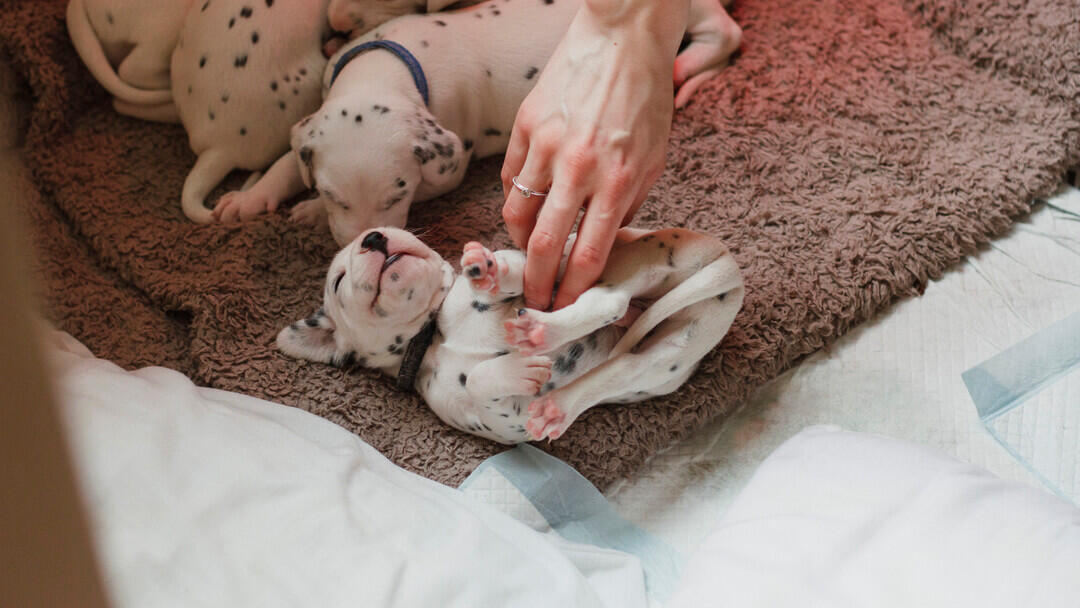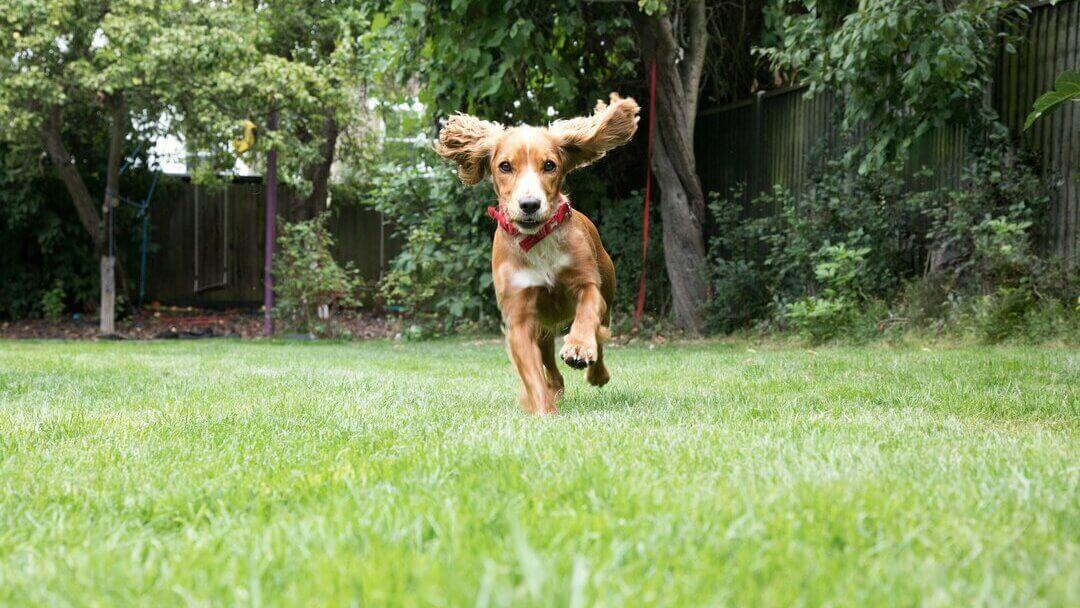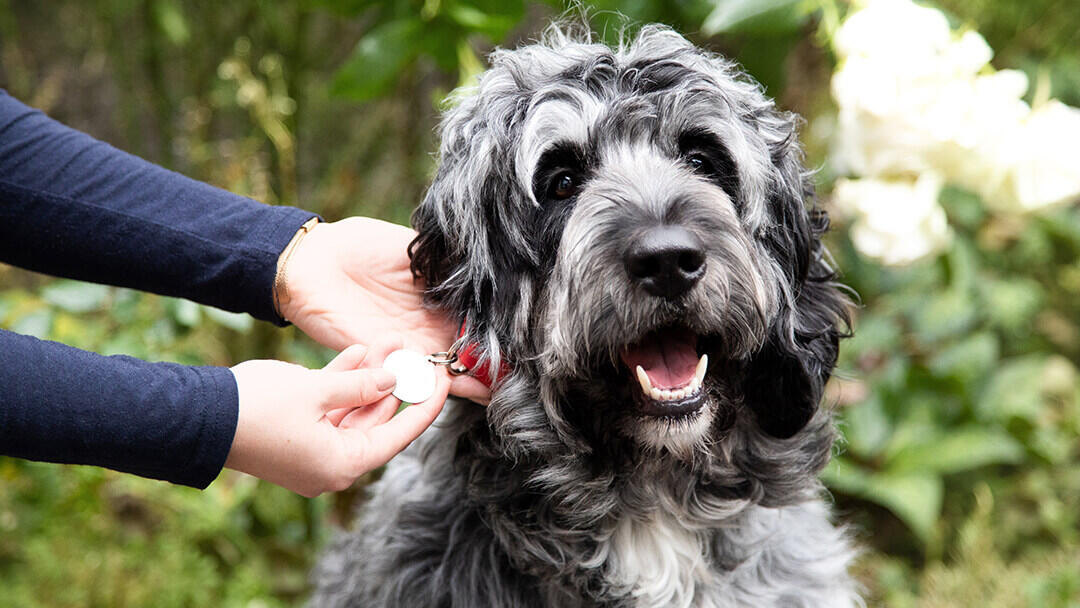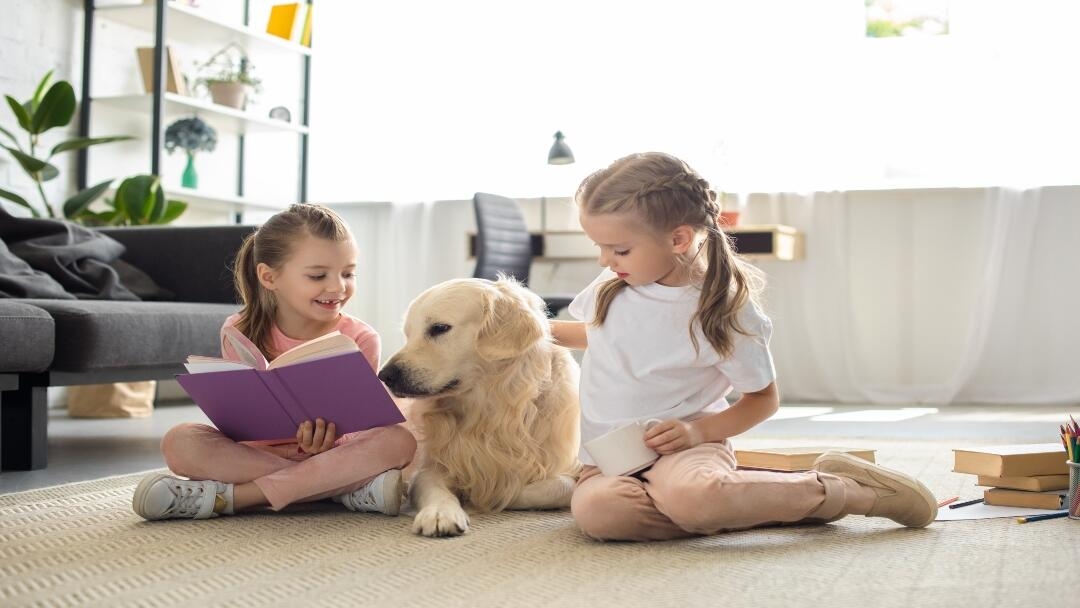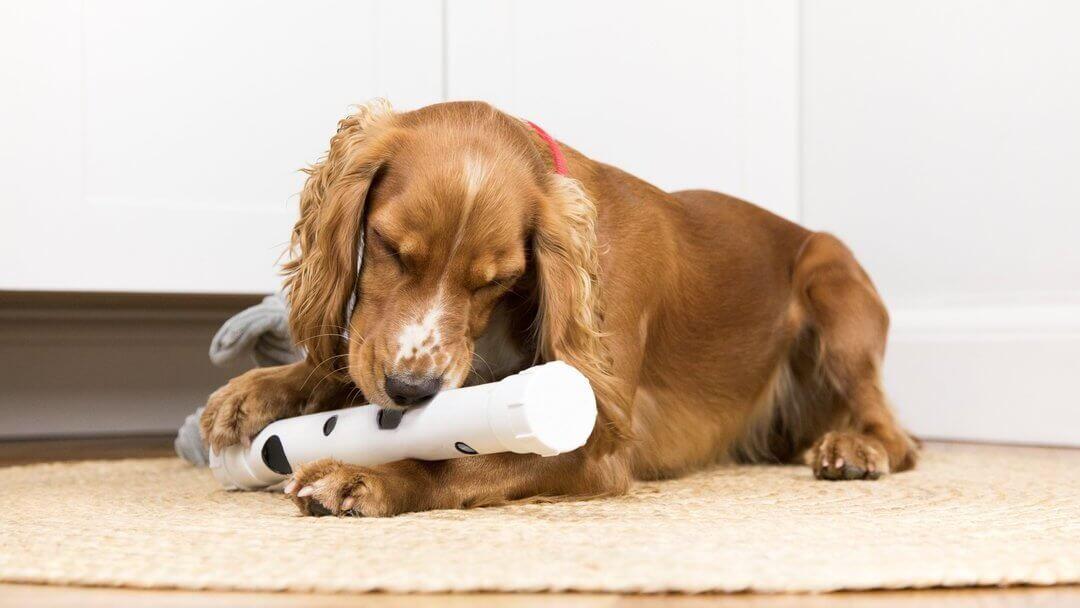Several countries lay claim to the Cavapoo, with the first bred in the USA in the 1950s, then subsequently in Australia in the 1990s, and the UK at around the same time, when crossing various breeds with Poodles really became popular. Although initially the idea was to create a small non-shedding or hypo-allergenic breed, the reality soon became apparent. There is no way to predict which puppies would shed, nor whether people would be allergic to them or not. In part this is because people are often not allergic to the shed fur (or that which remains on the dog) but to the dog’s dander (shed skin) and saliva – and of course all dogs will shed skin and have saliva.
Cavapoos remain popular due to their undeniably adorable appearance and friendly, fun nature.
To understand the Cavapoo better, it is a good idea to understand the parent breeds involved:
Cavalier King Charles Spaniel
Country of Origin: England
This is a fairly recent breed and is the latest of the English Toy Spaniels which was developed in the 1920s in an attempt to recreate the famous dogs of King Charles. The name Cavalier was added to distinguish them from the older King Charles Spaniel.
Up until the 19th century, the King Charles Spaniel had a pointed muzzle but in the Victorian era it became fashionable to breed dogs with shorter faces - and before long the King Charles became a flat-faced breed (as it still is today).
In 1926 however an American called Roswell Eldridge visited England and was upset not to
be able to see the dogs he had admired in art - and so for five years running he offered prizes at Crufts for the best ‘long faced King Charles Spaniel’. This started a movement which led to the formation of the Cavalier King Charles Club in 1928 although it took until 1945 for the two breeds to be separately recognised. As the years passed, this new breed became by far the most popular and became one of the UKs best loved breeds.
Poodle
Country of origin: Germany
The original Poodle is the Standard Poodle - who was a water retrieving dog so was always
very much a worker. The Miniature and Toy Poodles were created as smaller versions of the original Poodle for owners who didn’t want such a large dog but were enchanted by their
personalities and enthusiasm for all kinds of work. The smaller Poodles became well-known in circuses due to the fact they were so easy to train and eager to please.
The Cavapoo can be any combination of Cavalier, Mini or Toy Poodle, so if you’re buying from a breeder, make sure you ask about the breeding of the parent dogs and ideally, their grandparents, as this will give you a clearer idea of what to expect from your puppy.





